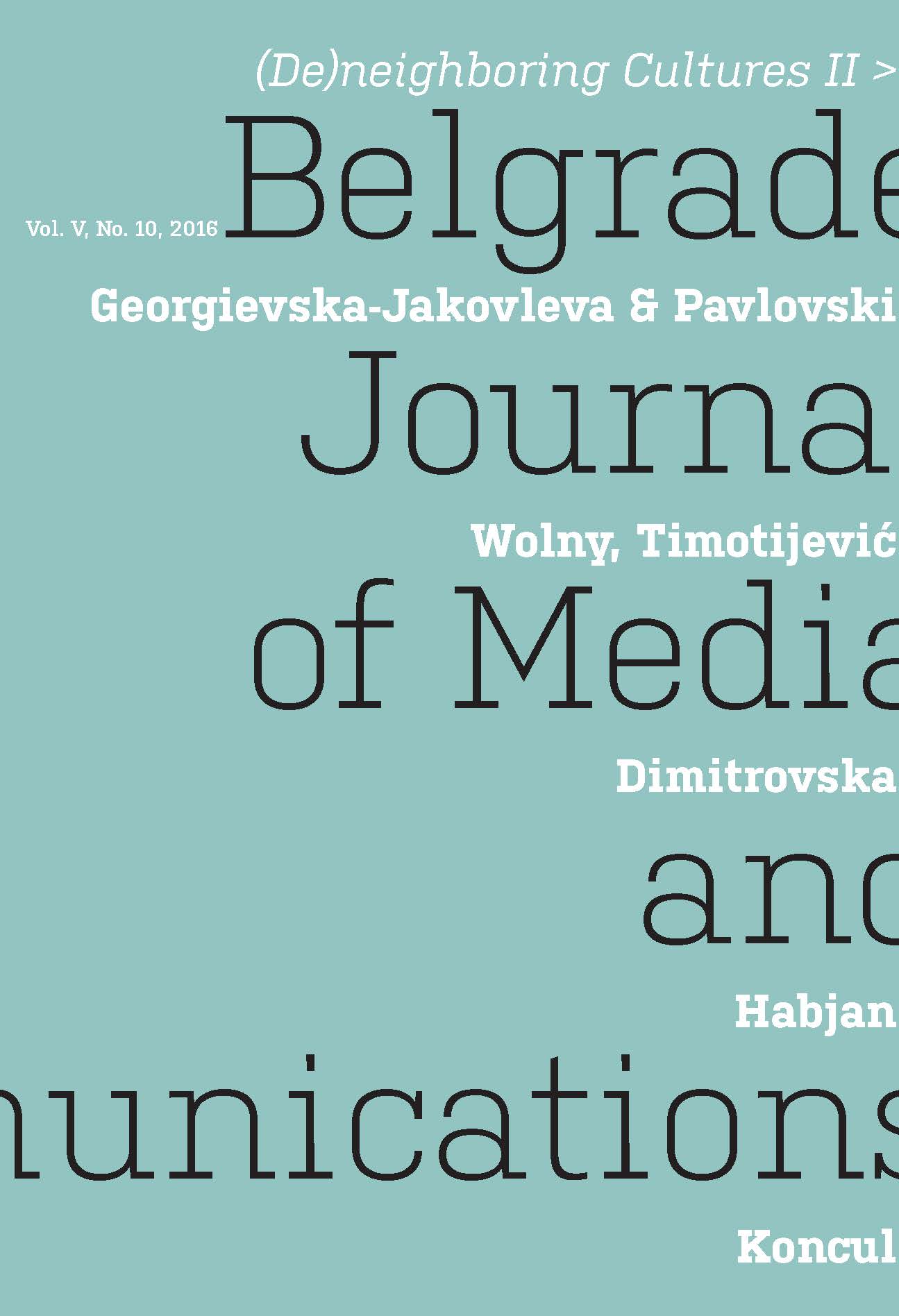Application of the
“Social Identity Theory
of Intergroup Behavior”
to Authors Kôbô Abe and
Franz Kafka
Application of the
“Social Identity Theory
of Intergroup Behavior”
to Authors Kôbô Abe and
Franz Kafka
Author(s): Nina HabjanSubject(s): Philosophy, Language and Literature Studies
Published by: Fakultet za medije i komunikacije - Univerzitet Singidunum
Keywords: Kafka; Abe; metamorphosis; literature; comparison
Summary/Abstract: Social Identity Theory of Intergroup Conflict is one of manytheories developed in the second half of the 20th century trying to identifyan individual’s self and its connection to his or her surroundings.Out of the many extant theories, I chose this one, published by Tajfeland Turner in 1979, due to its interesting approach to the “social” partof one’s identity and a unique way of connecting the latter to the individual’sposition in different social groups or categories. The two authorsclaim that the development of an individual’s identity is closelyconnected to his or her social category. I applied the theory as describedin the article to two modern authors, the first one being Czech existentialistauthor Franz Kafka and the second one being Japanese authorKobo Abe. A lot of research has been done on the common themes andmotifs of the authors’ works, but as a source of their similar approachtowards literature and life, I decided to explore their identities and theirconnection to the world that they lived in. Franz Kafka was a Germanspeakingauthor of Jewish descent living in Prague, while Kobo Abespent a part of his life in Manchukuo, a Japanese state in China duringWorld War II. In this paper I approach their themes and motifs throughthe theory of intergroup conflict as a way of examining how the environmentaffected their works.
Journal: Belgrade Journal of Media and Communications
- Issue Year: 5/2016
- Issue No: 10
- Page Range: 65-75
- Page Count: 11
- Language: English

